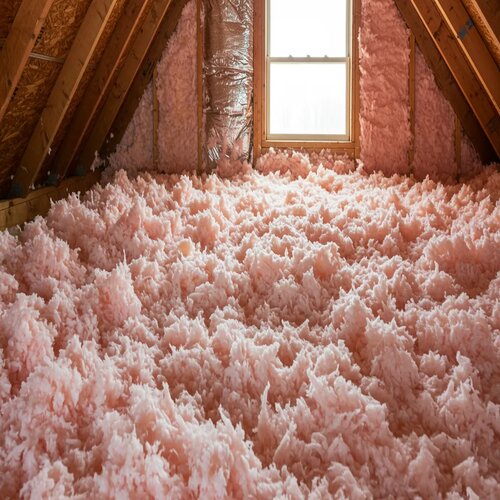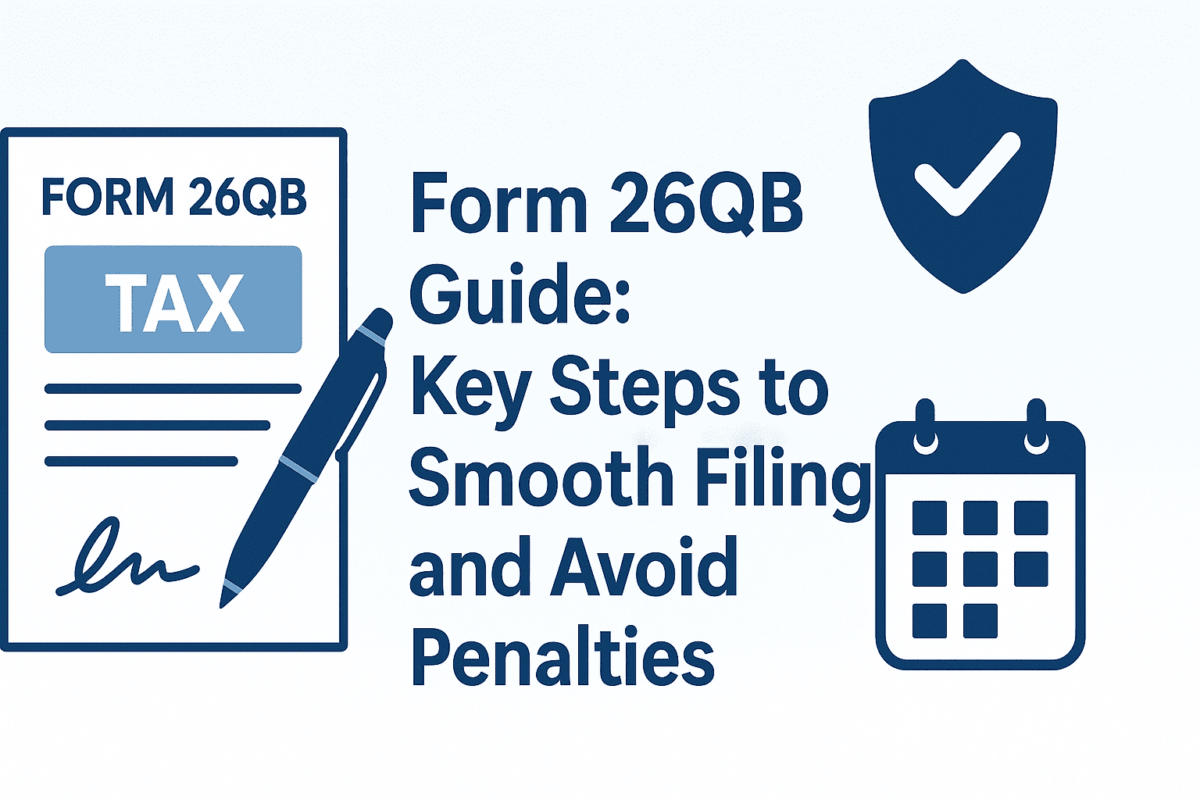Key Signs Your Lafayette Attic Needs Re-Insulating

A poorly insulated attic can quietly compromise your home’s energy efficiency, comfort, and structural integrity. Homeowners in Lafayette, IN, should keep a close eye on their attics’ condition, especially if their energy bills are climbing or interior temperatures feel inconsistent. This guide explores the critical signs that indicate when it’s time to re-insulate, how insulation works, and what to consider before making changes.
Why Attic Re-Insulation Matters (Answer First)
The key signs your Lafayette attic needs re-insulating include:
- Noticeable temperature fluctuations between floors or rooms
- Persistent drafts or cold spots during winter
- Increasing energy bills despite consistent usage
- Visible damage to existing insulation (moisture, mold, sagging)
- Ice dams forming on the roof during snowy months
- Pest infestations or signs of animal nesting in attic spaces
Re-insulating your attic can restore energy efficiency, improve indoor comfort, and protect your home’s structural components from moisture damage. Homeowners seeking lower energy costs and better home performance should regularly evaluate attic insulation quality.
This article walks through the common signs, insulation types, inspection tips, and considerations for Lafayette’s unique climate—so you can make informed decisions before calling a professional.
Understanding Attic Insulation in Lafayette Homes
The Role of Insulation
Attic insulation minimizes heat transfer between your home and the outdoors. During Lafayette’s cold winters and humid summers, effective insulation acts as a barrier that stabilizes indoor temperatures. Without adequate insulation, your HVAC system works overtime, leading to higher energy use, premature equipment wear, and inconsistent home temperatures.
Common Materials Used
| Insulation Type | R-Value per Inch | Water Resistance | Air Seal Capabilities |
|---|---|---|---|
| Open-Cell Spray Foam | ~3.5 | Moderate | High |
| Closed-Cell Spray Foam | ~6.5 | High | Excellent |
| Blown-In Fiberglass | ~2.2 – 2.7 | Low | Low |
| Cellulose (Blown-In) | ~3.2 – 3.8 | Low | Moderate |
Bonus Tip: Spray foam insulation offers the added benefit of air sealing, which can reduce HVAC strain significantly.
Each material has specific advantages based on your home’s design, existing insulation, and energy goals. For instance, while fiberglass is affordable and widely used, spray foam delivers more comprehensive coverage and resistance against air leaks.

Signs It’s Time to Re-Insulate Your Attic
1. Unpredictable Indoor Temperatures
If upper floors are sweltering in summer and freezing in winter, it’s likely your attic insulation has deteriorated or shifted. These temperature disparities are often most noticeable in multi-story homes, where warm air rises and escapes through an under-insulated attic.
2. Spiking Utility Bills
A gradual or sudden rise in heating/cooling costs often signals inadequate thermal resistance in your attic space. This inefficiency forces HVAC systems to run longer cycles, leading to more wear and tear over time.
3. Drafts and Cold Spots
These are especially common around attic hatches or unsealed ducts. Aging insulation loses its density and ability to block airflow. You may also feel warm drafts in summer that indicate unwanted air infiltration from above.
4. Moisture or Mold Presence
Poor ventilation and compromised insulation can trap moisture, leading to mold growth that harms both air quality and insulation performance. Moisture may enter through roof leaks or condensation from improperly vented exhaust fans.
5. Animal Activity
Sounds in the attic, droppings, or chewed materials often point to infestations. Rodents nest in or destroy insulation, reducing its effectiveness and spreading allergens or contaminants.
6. Visible Insulation Degradation
Discoloration, sagging, or compressed material means it’s no longer performing effectively. Insulation that looks gray, matted, or has lost its loft should be evaluated for replacement.
Technical Data: R-Values and Climate Impact
| Region | Recommended Attic R-Value | Lafayette Typical Ranges |
|---|---|---|
| Zone 5 (Lafayette, IN) | R-49 to R-60 | Often found at R-19–R-30 |
Most older homes in Lafayette were built before the current energy codes and often have insufficient attic insulation. If your attic falls short of R-49, energy efficiency is likely being compromised.
Bonus Tip: You can calculate total R-value by multiplying the thickness (in inches) by the insulation type’s R-value per inch.
Things to Consider Before Choosing Insulation
1. Local Climate
Lafayette’s seasonal temperature extremes require insulation that performs well across both cold and warm months. Material selection should account for moisture management, especially in humid summer conditions.
2. Existing Ventilation
Proper airflow is essential to prevent moisture buildup and ice dams. Evaluate your attic’s intake and exhaust venting before upgrading insulation.
3. Rebates and Tax Credits
Federal and state programs may offer credits for insulation upgrades that meet specific energy performance criteria. Local utilities may also offer rebates to promote energy conservation.
4. Material Compatibility
When retrofitting, ensure new insulation won’t compress or trap moisture in older layers. Spray foam can be layered over existing materials in some cases but should be evaluated by a professional.
5. Project Scope
Are you insulating a newly built attic or upgrading existing material? Each scenario may require different approaches, including air sealing or removal of degraded insulation.
6. Fire and Building Code Compliance
Depending on your insulation choice, fire-resistant coatings or barriers might be needed to comply with safety regulations. For example, intumescent coatings are often used with spray foam.

Common Homeowner Questions
- How often should attic insulation be replaced? Typically every 15–20 years, or sooner if there’s damage or material degradation. Regular inspections can extend the effective lifespan.
- Can I add new insulation on top of old insulation? Yes, as long as the old insulation is dry, mold-free, and not compressed. Blown-in or spray foam is commonly layered.
- Is spray foam safe in attics? When professionally installed, spray foam is safe and effective. An intumescent thermal barrier coating may be required by code.
- How do I check attic insulation myself? Use a flashlight to examine for discoloration, thin spots, or pest signs. A ruler can help measure insulation depth against recommended R-values.
- What’s the most energy-efficient attic insulation? Closed-cell spray foam provides the highest R-value per inch and also offers excellent moisture resistance.
- How long does it take to re-insulate an attic? Most professional attic insulation jobs can be completed in a day, depending on attic size and scope of prep work.
- Should I remove old insulation before installing new? If the old insulation is contaminated (mold, rodents), removal is recommended. Otherwise, it can often stay in place.
Frequently Asked Questions About Home Insulation
What’s the difference between open-cell and closed-cell spray foam? Open-cell is softer, more flexible, and better at sound dampening. Closed-cell is denser, waterproof, and offers a higher R-value.
How does insulation impact HVAC efficiency? Good insulation reduces temperature swings, lowering the demand on heating and cooling systems.
Is blown-in insulation suitable for retrofits? Yes, blown-in insulation is often used in existing homes because it fills gaps without major construction.
Can insulation fix ice dam problems? It helps. Proper insulation paired with good ventilation reduces roof surface temperature variance, minimizing ice dam formation.
Do I need a vapor barrier in the attic? That depends on your insulation type and regional climate. Closed-cell spray foam acts as its own vapor barrier.
Finding the Right Insulation Expertise
Ensuring your attic is properly insulated is one of the most cost-effective ways to improve home comfort and efficiency—especially in Lafayette’s demanding seasonal climate. If you’re noticing signs like uneven temperatures, drafty rooms, or unexplained energy bill increases, it might be time to explore insulation upgrades.
For homeowners seeking professional guidance or services like attic re-insulation, Spray Tech Solutions is a provider with experience in this field. Readers can learn more about Spray Tech Solutions’ services:
Company: Spray Tech Solutions
Phone: (765) 553-4636
Email: sales@spraytechkokomo.com
Learn more about energy-efficient insulation options










